Anemometer Study Guide
An anemometer is a scientific instrument used to measure the speed and direction of the wind. It is crucial for various fields, including meteorology, environmental science, and engineering.
Key Points to Understand:
- Function of an Anemometer: An anemometer measures wind speed and, in the case of a vane anemometer, wind direction. It uses the principles of rotation and resistance to airflow.
- Types of Anemometers: Cup, vane, hot-wire, and sonic anemometers are some of the common types, each with its own method of measuring wind speed and direction.
- Importance of Anemometers: Anemometers are essential for weather forecasting, aviation, maritime operations, and the design and operation of wind turbines for renewable energy.
- Reading Anemometer Data: Understanding how to interpret anemometer readings is crucial for analyzing wind patterns and making informed decisions in various fields.
- Practical Applications: Exploring real-world applications of anemometers, such as their use in weather stations, airports, and wind farms, can provide valuable insights into their significance.
[Anemometer] Related Worksheets and Study Guides:
.◂Science Worksheets and Study Guides Second Grade. Plants
Study Guide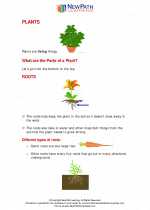 Plants
Plants  Activity Lesson
Activity Lesson All About Plants
All About Plants  Activity Lesson
Activity Lesson All About Plants
All About Plants  Worksheet/Answer key
Worksheet/Answer key Plants
Plants  Worksheet/Answer key
Worksheet/Answer key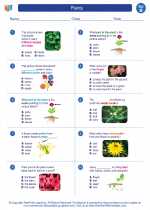 Plants
Plants  Worksheet/Answer key
Worksheet/Answer key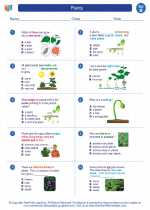 Plants
Plants  Worksheet/Answer key
Worksheet/Answer key All About Plants
All About Plants  Vocabulary/Answer key
Vocabulary/Answer key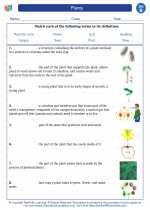 Plants
Plants  Vocabulary/Answer key
Vocabulary/Answer key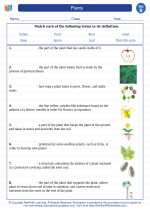 Plants
Plants 

 Activity Lesson
Activity Lesson
 Activity Lesson
Activity Lesson
 Worksheet/Answer key
Worksheet/Answer key
 Worksheet/Answer key
Worksheet/Answer key
 Worksheet/Answer key
Worksheet/Answer key
 Worksheet/Answer key
Worksheet/Answer key
 Vocabulary/Answer key
Vocabulary/Answer key
 Vocabulary/Answer key
Vocabulary/Answer key

The resources above cover the following skills:
Concepts of Life Science (SC1, SC2, SC3)
The student demonstrates an understanding of the structure, function, behavior, development, life cycles, and diversity of living organisms by observing and comparing external features of plants and of animals that may help them grow, survive, and reproduce.